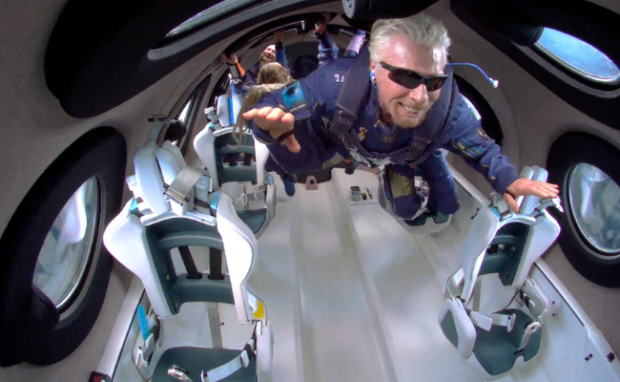NASA jet takes you anywhere on Earth in two hours
The latest NASA jet can take you between any two points on the Earth in roughly two hours. The space agency calls its experimental X-59 aircraft the “Son of Concorde” and readies it for its first test fights. Unlike the original Concorde supersonic aircraft, it reduces its sonic booms to “sonic thumps,” making it suitable for commercial airports.
Contrary to popular belief, NASA doesn’t only work in outer space and stays there. It is one of the many scientific organizations improving daily life with rigorous technological research and development. Soon, it could spark an unprecedented revolution in flight technology, making meeting and connecting with everyone worldwide easier.
This article will elaborate on NASA’s latest experimental jet. Later, I will discuss how this aircraft could revolutionize flight and cover similar projects from other companies.
What makes the NASA jet special?
The X-59 is on a roll ✈️ @NASA’s quiet supersonic aircraft recently moved from its construction site to the flight line. Next up, the team will conduct ground tests to get the aircraft ready to fly. pic.twitter.com/SG1A5LtTFn
— NASA Aeronautics (@NASAaero) July 25, 2023
The X-59 is a joint project between the National Aeronautics and Space Administration and defense tech company Lockheed Martin. Its nickname, “Son of Concorde,” comes from its supersonic flight, similar to the Concorde aircraft.
Britannica says Concorde is the first supersonic passenger-carrying aircraft. It made its first transatlantic flight from London to Bahrain on September 26, 1973.
The original Concorde could take passengers from London to New York in three hours. Unfortunately, airports stopped operations in 2003 due to operating expenses and noise.
The latter came from its sonic boom, the sound it made when it reached supersonic speeds. Concorde enables quick flights by moving faster than the speed of sound.
However, that ability is loud enough to shatter windows! Decades later, the latest NASA jet is the flagship vehicle of the space agency’s Quiet Supersonic Technology or “Quesst” project.
The space agency hopes Quesst would create “sonic thumps” instead of booms. In other words, it should be as loud as slamming a car door from 20 feet away.
You may also like: OpenAI opens first global office in London
That is quieter than two hands clapping, nearby thunder, or a bouncing basketball. More importantly, the NASA jet can fly at Mach 1.4, 925 mph, or 1,488 kph. Also, it can climb up to 55,000 feet or 16,764 meters.
In contrast, the Son of Concorde is slightly slower than its predecessor. It can reach Mach 2, roughly 1,350 mph or 2,173 kph. Moreover, the original Concorde can reach 60,000 feet or 18,288 meters.
Still, the X-59 could become a more suitable supersonic aircraft due to its Quesst design. The Register says Lockheed Martin’s Skunk Works team transferred it to the flight line for ground checks. Later, the X-59 will perform safety flight tests for nine months.
Are there planes similar to the NASA jet?

Photo Credit: space.com
The New York Post argues some companies are developing more advanced flight technology than NASA. Specifically, they’re working on suborbital flights that can take you from New York to London in under an hour!
Suborbital flights carry passengers up to 125 miles into space at roughly 3,500 mph. Next, their aircraft rapidly descends toward its final destination on Earth.
You may also like: NASA Mars helicopter succeeds in first flight
As a result, they significantly reduce travel time. Besides going from London to New York in two hours, suborbital planes can take from the Big Apple to Shanghai in 39 minutes.
Richard Branson’s Virgin Galactic and Jeff Bezos’ Blue Origin are developing similar jet programs with rockets. Also, Elon Musk’s SpaceX has been trying to enter the suborbital market.
In 2020, he revealed plans to transport 100 passengers with his Starship rocket, enabling them to cross continents in less than an hour. Moreover, Chinese firm Space Transportation is testing a reusable “rocket with wings.”
Conclusion
NASA is testing an experimental plane that will take people anywhere in the world in a couple of hours. X-59, or the “Son of Concorde,” reaches supersonic speeds with a significantly muffled sonic boom.
It could become more viable as a commercial aircraft than the original Concorde. More importantly, the NASA jet could make it easier to reach any country.
As a result, it could help everyone connect and learn from each other. Read the X-59 document to learn more about the NASA plane. Also, check more digital tips and trends at Inquirer Tech.